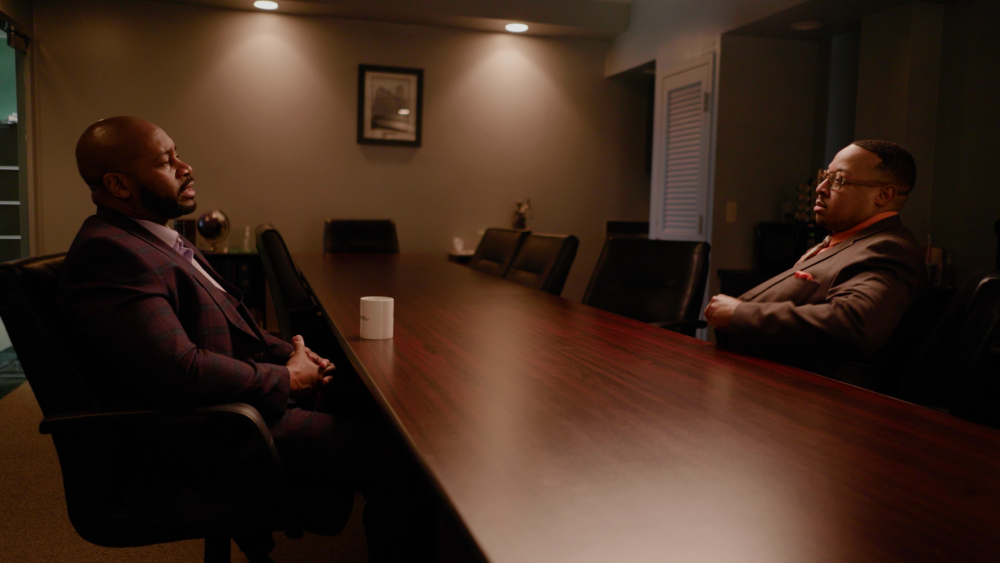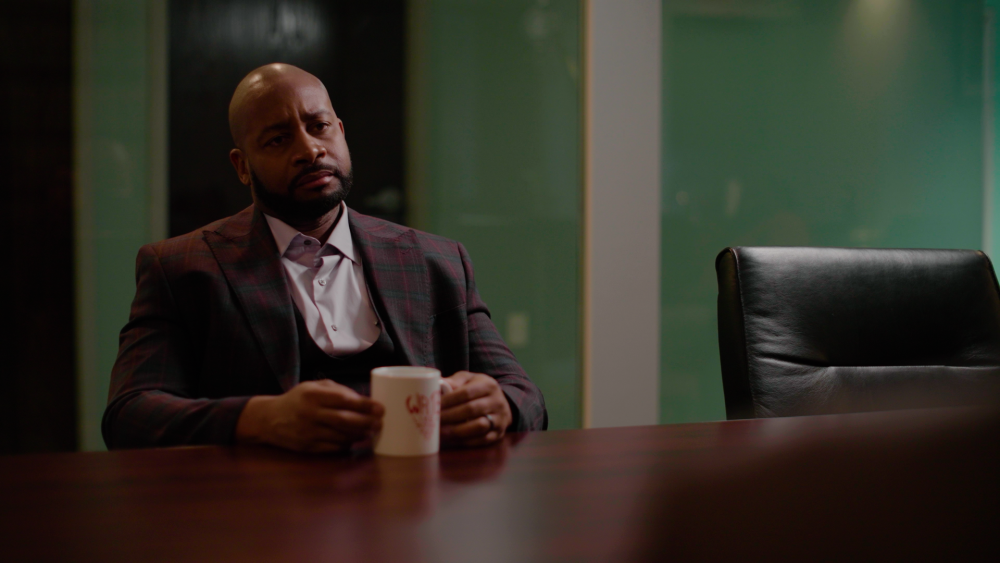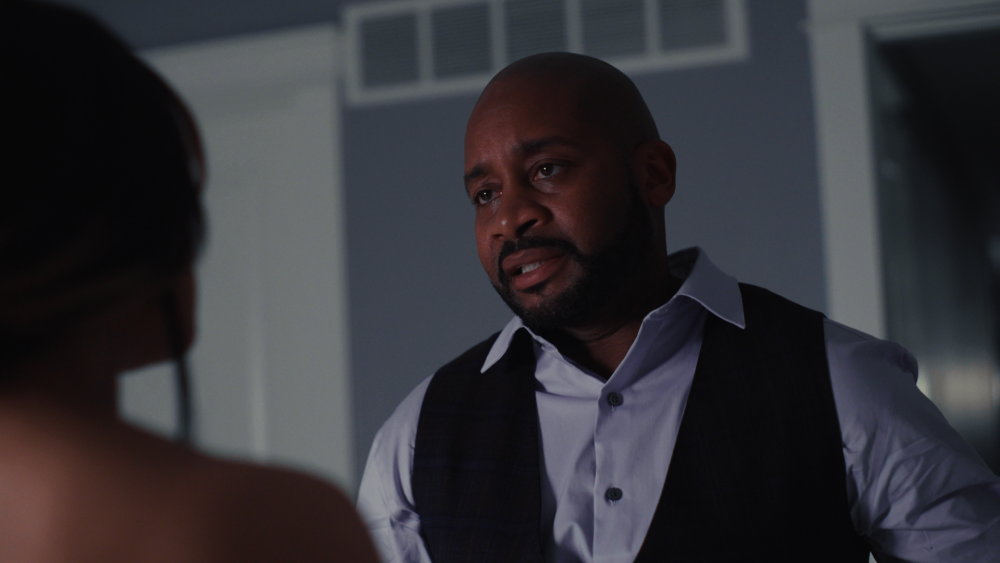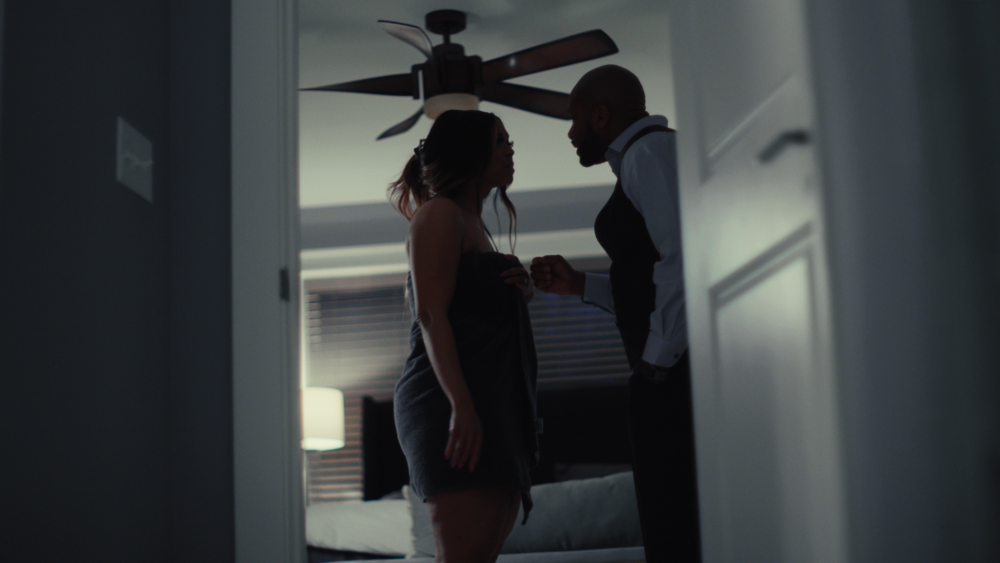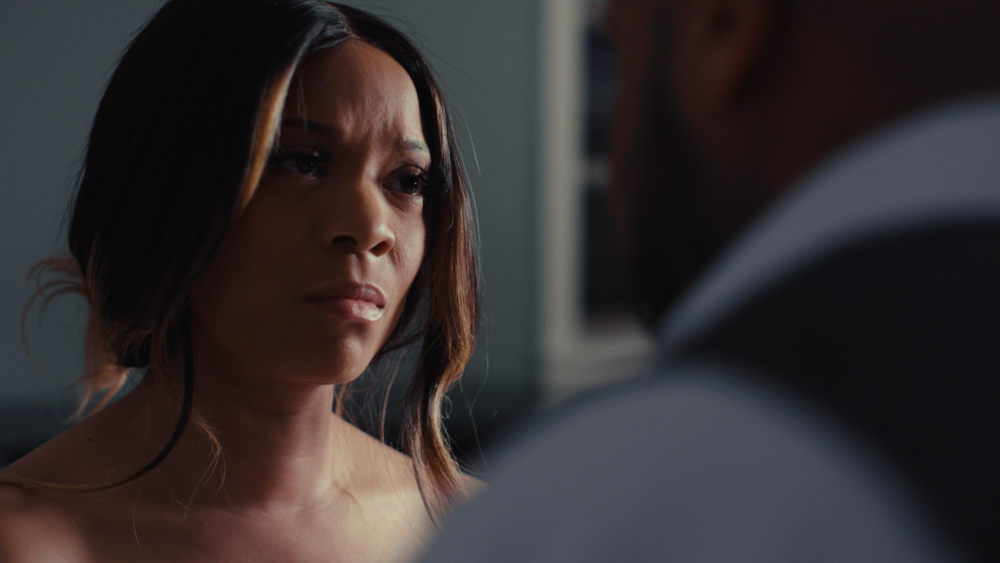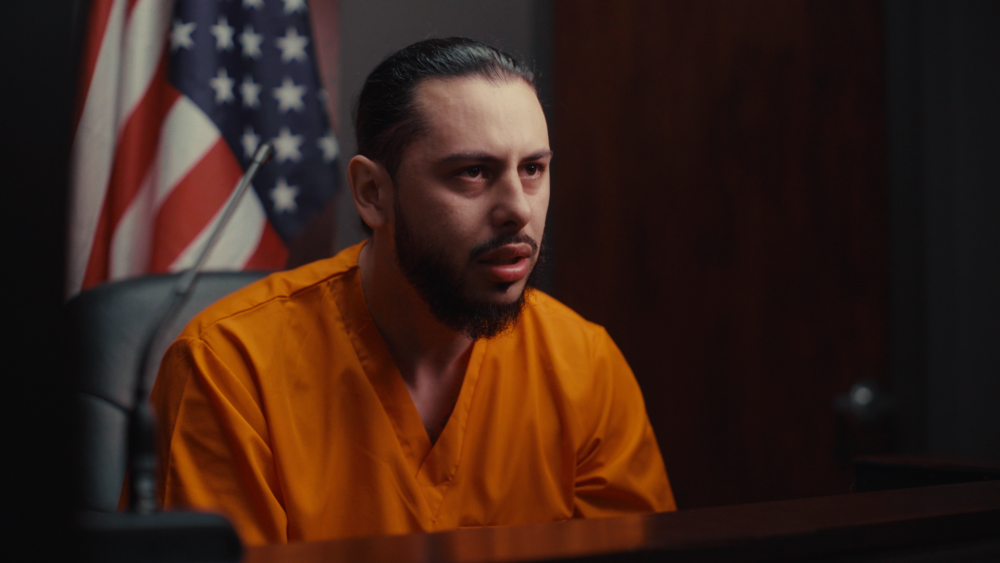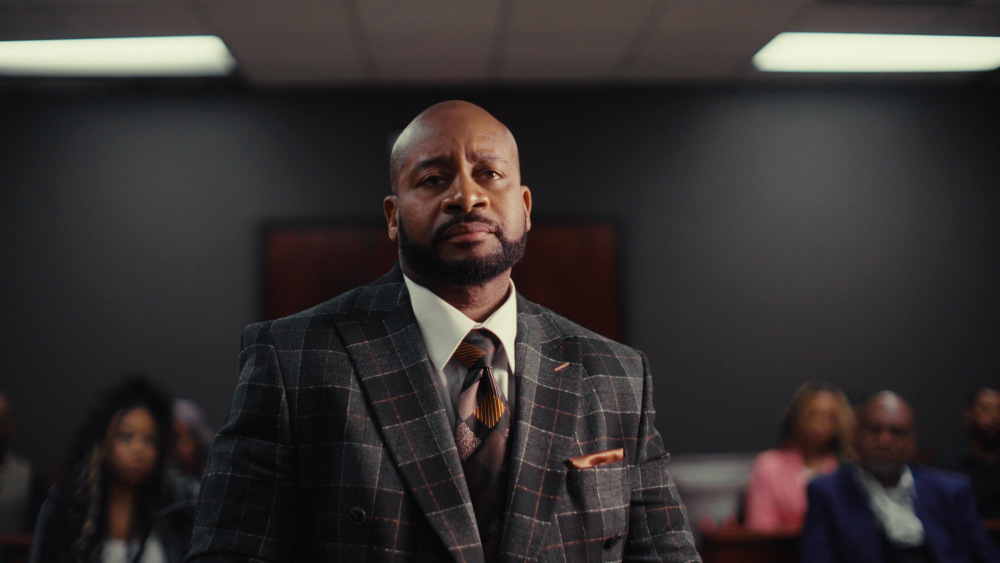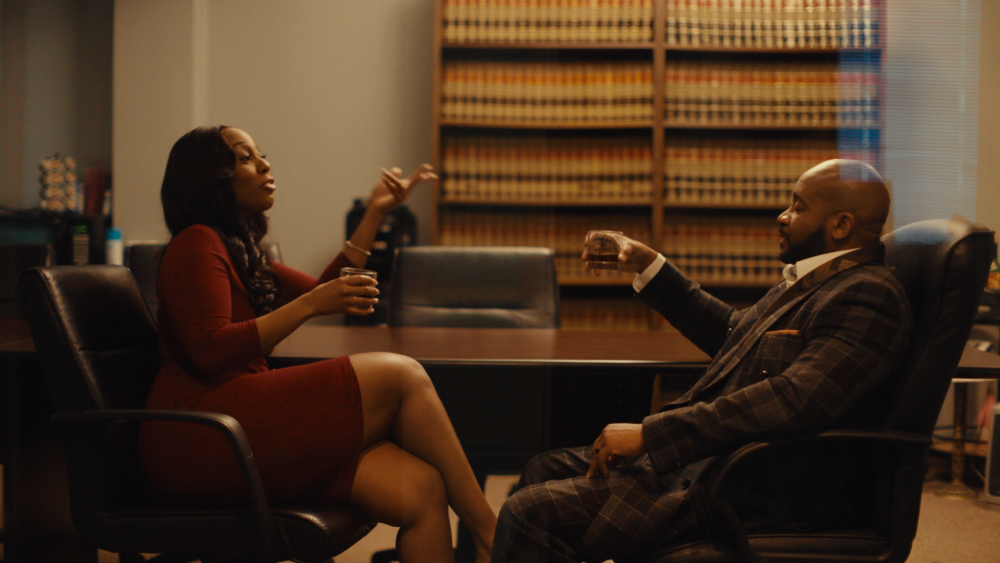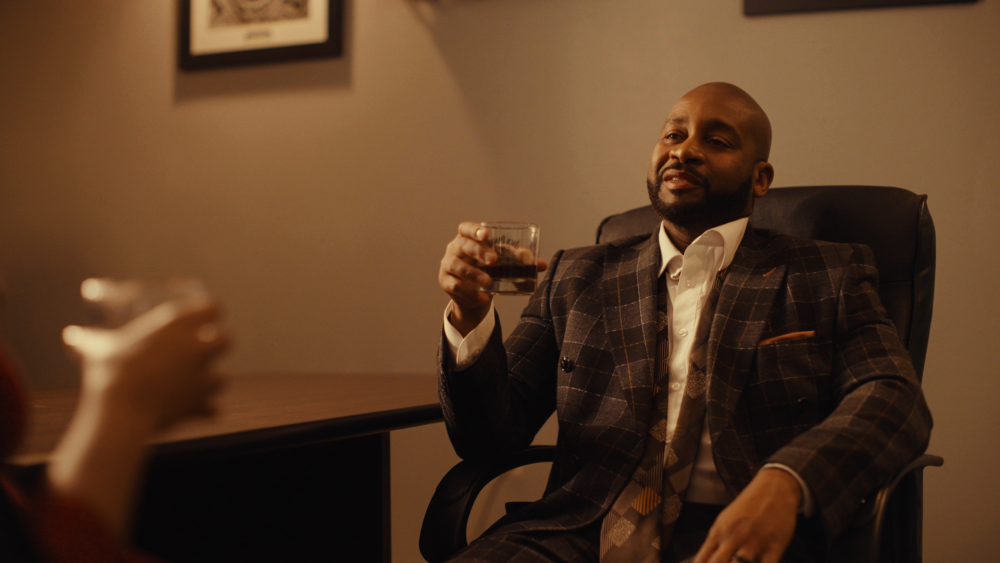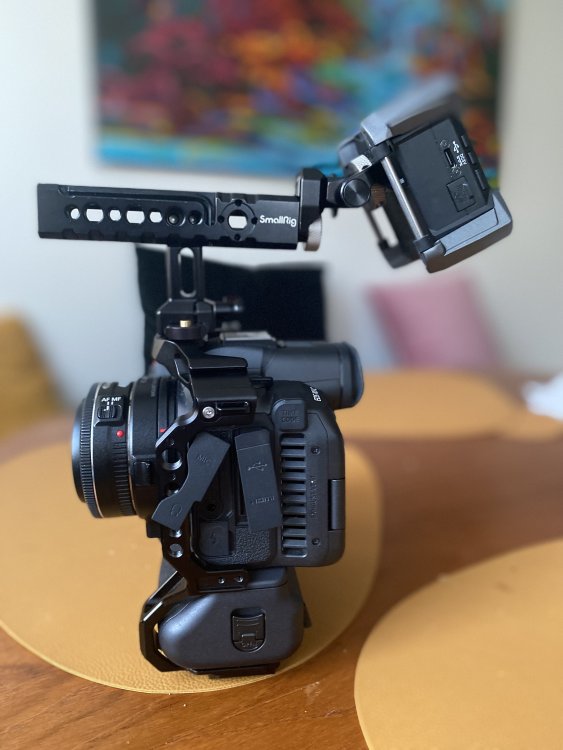Leaderboard
Popular Content
Showing content with the highest reputation on 08/08/2024 in all areas
-
To be honest, in many cases Anamorphic lenses are still very much relevant today. I don’t think the “resolution increases” you mention is really the right term but without a doubt anamorphic lenses make the most out of smaller sensor sizes and help modern sensors achieve cinematic aspect ratios. It’s pretty simple really, by using the full height of the sensor and then desqueezing later in post, you’re able to use the most area. So a Super 35 camera like the Fuji X-H2s with 6.2k open gate ends up being similar to a full frame camera like a Sony FX3 which ends up cropping in on the sensor to achieve UHD or 4k DCI at 4k. Or the full frame LUMIX cameras that do open gate end up having massive anamorphic files with plenty of room to crop in and reframe etc after the desqueeze. Anamorphic flares although a matter of personal taste, do indeed bring many of us back to certain moments in film history and can evoke a sense of nostalgia/cinematic feeling. Oftentimes overused and done poorly these days so yeah, maybe becoming a bit gimmicky at this point. I will say that the other elements of anamorphic lenses are still very desirable today considering how clean and sterile things can look with modern cameras lenses and digital sensors. Highly dependent on the project of course and not for everything but narrative filmmaking benefits greatly by the look. Number one, it’s partly why things look “filmic” or “cinematic” to people. It’s creates a perspective and view that more closely resembles how humans actually see the world. The distortion, out of focus areas, focus fall off and bokeh are all helping to assist in taking the viewer into the story and sustaining the suspension of disbelief. Helping to focus objects and actors in a way that keeps attention and creates background separation/3D pop. It also really helps soften the general production design and background elements so they are more natural looking and don’t look like cheap props. I mean, there’s a reason why the good ones cost what they do and many of the top directors and dp’s have used them on the most celebrated films in history. It makes sense that the democratization of cameras and film tools would include anamorphic lenses at this point. it also means we are stuck with people using them to film cat videos for YouTube.2 points
-
Interesting observations. I've mentioned my priorities elsewhere previously, but the first one is to get the shot. What this means in reality is having a camera with you that you actually take on the trip. Then that you take with you when you leave your accommodation. That you take out of your bag / pocket and turn on. That has the right lens to get the shot you want. That can focus and expose and compose fast enough to capture the moment. There's lots of pitfalls along that road for cameras to fall into and result in not getting that shot. Packing a smaller MFT with a long zoom and a faster lens option for low-light is a master-of-none package that threads the needle pretty well to get the shots you want. Do they look like a Cooke on an Alexa 35? - hell no. But if I had one of those on a trip and pulled it out in public the only thing I would be able to film would be people looking at the bozo who was shooting a movie, that is until security stops me asking for permits.2 points
-
Blackmagic Micro Cinema Super Guide and Why It Still Matters
solovetski and one other reacted to bjohn for a topic
A cajun band here in town (Montréal) asked me to shoot some video of them at an unplugged street concert last Sunday. The weather was dodgy, with thunderstorms in the forecast, and they just made it through their first set when the first drops of rain began to fall. But I managed to get some footage; they asked me to do a 1-minute compilation and a 3-minute video (which I'm still working on). Here's the 1-minute version, shot on BMMCC with Angénieux 17.5-70mm zoom.2 points -

Why I'm not taking my S5ii on holiday.
PannySVHS reacted to John Matthews for a topic
If it were to only take videos, I could make do with the camcorder and a phone. However, I find the phone too limiting and ergonomically a black hole of no return. Like you say, "thread the needle" is the name of the game on holiday and travel. Don't want to get too noticed by family or others. There are a couple of lenses that can make the MFT system unique for this purpose: Olympus 75-300mm, at only 423g, it covers a lot; Panasonic 12-32 kit lens, at 70g, why wouldn't to take it?; A favorite fast prime; there are many- just pick and choose your favorite(s). There are lots of options and I often find myself in the weeds.1 point -

Why I'm not taking my S5ii on holiday.
PannySVHS reacted to John Matthews for a topic
I'm back from holiday. In retrospect, although the camcorder was fun, I suffered from "camera paralysis", a horrible disease where you don't know what to take with you. In the middle of my stay, I realized the GX800's display couldn't cut the mustard in any sort of bright conditions on the beach or in the Palouse area of Washington State. I did the right thing by obtaining a E-m5 iii, an old fav from a few years ago that I had sold. I'm now reconverted to MFT. I'm not sure what to do with my S5ii. I'll probably sell and pay down my car. Might sell the GX800 too (though it's a fun camera). Or, not sell anything. Next time, I will be bringing MFT lenses that cover ultra-wide to 600mm equivalent and I'll have no need for the camcorder.1 point -

anamorphic lens for what?
KnightsFan reacted to MrSMW for a topic
I’ve never really understood the appeal of anamorphic myself and absolutely hate those flares. Whether it’s a big budget movie or a wedding ‘film’, it adds nothing and to me is the opposite and is like bad audio, - intrusive and avoidable. As has already been mentioned, if a wide screen ‘crop’ or end result is the intention, just shoot for that in the first place. I do wish more cameras had crop marks but Lumix is great in this regard as you can add them and reduce the rest by 25/50/75/100% which is fantastic. Just shoot with a wider lens. It doesn’t even need to be at a higher res, just a wider lens. IMO. Unless I am missing something? Oh yes, the difficult to work with in camera anamorphic squeeze, the out of focus corners, warpy and edges and odd bokeh. But apart from that, it’s fooking cool man 🤪1 point -
Thanks, I was just reading an article, can't remember where, but it was talking about even if you are mastering for HDR you may not be using all the DR it offers as it might not be the look you want. I tend to love really harsh contrast which doesn't really need HDR dynamic range. The thing is even movies like Arrival which are really soft and show off more dynamic range looked fine in regular REC709 or theatrical displays(which probably have a bit more dynamic range than traditional REC709 I imagine).1 point
-
Anamorphic definately doesn't make practical sense as even with theatrical releases most movies are watched on a 16:9 TV if not a phone(Even fucking worse). That said with the right sensor (maybe something even less wide than 4:3) you could shoot anamorphic and still get a 16:9 field of view. Anamorphic does give a very unque perspective that can't be replicated by shooting spherical. It is funny all the funky anamorphic characteristics were unitentional but are now sought after. Most of those characetistics like the weird bokeh weren't really utilized in the early days where shallow depth of field was never used. That said who will really notice in the audience but that goes for any of the BS stuff we do as cinemotographers in general.1 point
-
anamorphic lens for what?
zlfan reacted to KnightsFan for a topic
Anamorphic was used to project a wider aspect ratio onto existing film formats, thereby retaining full detail/resolution of the frame. Achieving the same ratio by cropping discarded surface area/resolution.1 point -
i totally agree with your analysis. i think the bottleneck is the end user's monitor/tv/screen+projector now. if these can reach to the level of very high end production monitor or even better, like 12 to 14 bits, ips, oled, 120 inches, dr of 15 USEABLE stops, then a35 and raptor etc are really essential.1 point
-
I am not shooting blockbusters but I did use the FX6 on a feature earlier this year. After getting a chance to color it I think I will use it on most smaller productions going forward unless something else is requested. I might prefer a C70 over the FX6, but I do like the FX6 form factor better and the fact that is has SDI and XLR. I definately prefer the FX6 to the FX3 because the internal codec is better and I prefer not to shoot RAW. I do like having the FX30 for a dedicated gimbal cam, it is easier to rig than the FX6 if you are going for a very minimal setup. Color was all done in Filmbox.1 point
-
1 point


